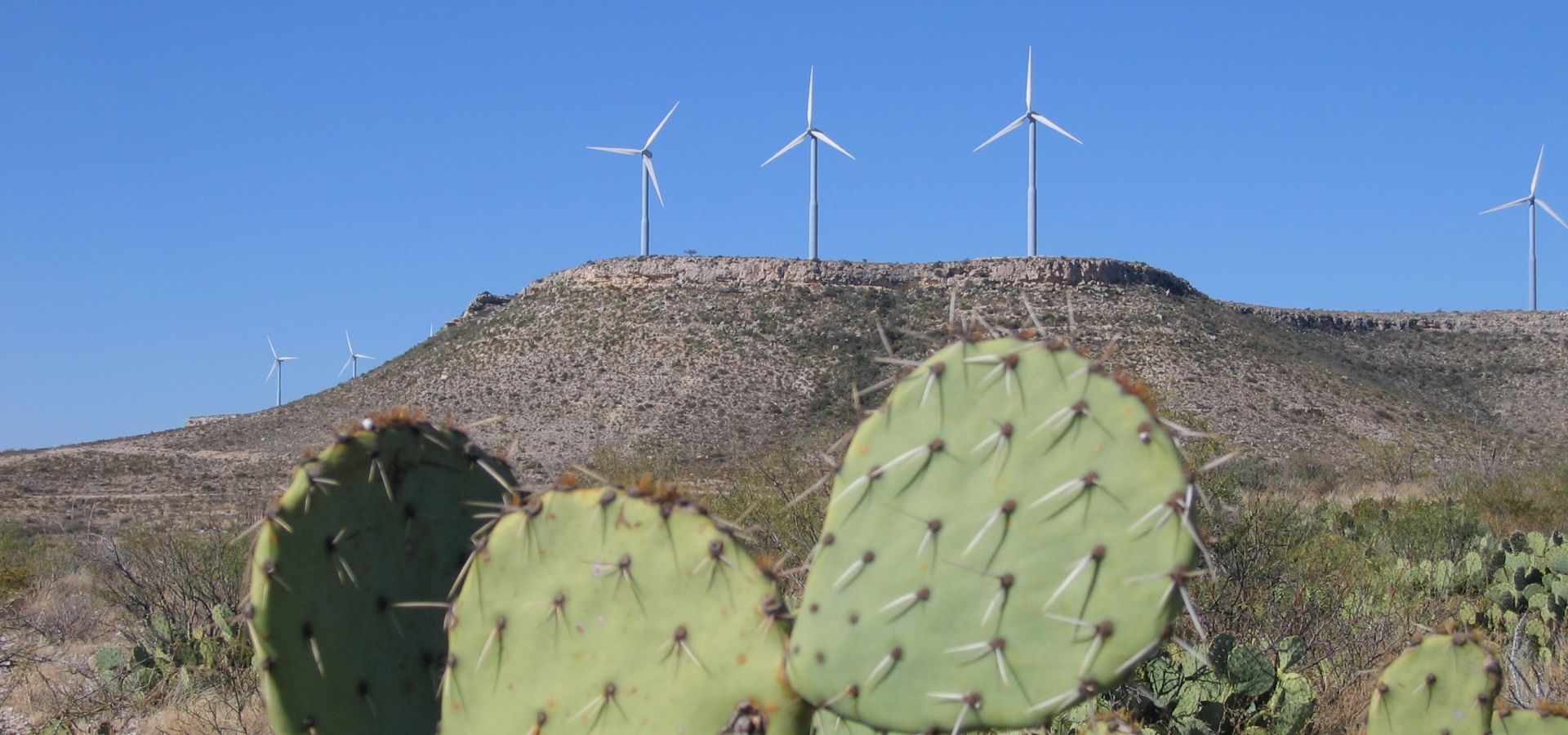There are now more than 48,800 wind turbines operating in the US, across 40 states. American wind power has had its most productive first quarter for installations since 2012, the American Wind Energy Association (AWEA) has announced. Robin Whitlock takes a look.

Texas remains the leader for total installed wind power capacity and reported construction activity. (Public domain)
As demand for low-cost, zero-carbon energy has steadily risen, wind power in the US added 520 MW of new electric generating capacity to the American power grid from January through to March, according to AWEA’s U.S. Wind Industry First Quarter 2016 Market Report, released on April 28. Construction has started on another 2,000 MW, meaning that a total of more than 10,100 MW of wind capacity is now under construction.
“Our productive first quarter reflects the strength of American wind power entering 2016” said Tom Kiernan, CEO of AWEA. “We have a low-cost product that’s in high demand. As the wind business builds momentum, we’re prepared to double wind’s contribution to America’s electricity supply in the next five years.”
There are now more than 48,800 wind turbines operating in the US, across 40 states plus Puerto Rico and, for the first time, Guam. This represents enough electricity to power 20 million average homes with 74,512 MW of total installed capacity. Turbines have been installed at seven projects across six states this quarter, with Oklahoma leading the country having installed 270 MW, followed by Iowa (154 MW), Utah (62 MW) and New Mexico (32 MW).
More wind power is on the way. Construction starts in the first quarter bring the total to 10,100 MW now under construction, with an additional 5,100 MW in advanced stages of development and nearing construction.
Texas remains the leader for total installed capacity and reported construction activity. The Lone Star State accounted for over 54 percent of construction underway during the first quarter. The Plains region of Oklahoma, Kansas and Nebraska came next with 18 percent of construction activity, followed by the Midwest at 12 percent.
According to the Department of Energy’s Wind Vision report, released last year, wind power can double in the next five years to supply 10 percent of US electricity demand by 2020 and double again to reach 20 percent by 2030. The newest quarterly market results follow the release of AWEA’s 2015 U.S. Wind Industry Annual Market Report, which highlights the growing demand for wind energy in 2015. The cost of wind power has fallen by two-thirds since 2009, helping to make wind energy the electricity source of choice for American states, utilities and other emerging buyers. Last year, wind installed the most new electric generating capacity nationwide (at 41 percent), followed by solar (28.5 percent) and natural gas (28.1 percent).
Low costs have prompted strong growth in wind investment, by Fortune 500 companies and other emerging buyers via power purchase agreements (PPAs). The Department of Defense has joined in with 246 MW of wind in the first quarter, over a third of the capacity purchased during the first three months of 2016. More than 660 MW of PPAs were announced during the first quarter of 2016, contributing to the more than 4,500 MW of PPAs signed since the beginning of 2015.
Project developers and manufacturers are also investing in new technology to produce turbines that reach steadier, more powerful winds at greater heights – opening new areas to be developed economically. America’s tallest operating wind turbine can now be found in Iowa. The 154-MW Adams wind farm, completed in the first quarter by MidAmerican Energy, includes one prototype wind turbine – designed and supplied by Siemens – that uses an innovative concrete tower design to reach a record-breaking hub height of approximately 115 meters with a rotor diameter of 108 meters.
Turbine manufacturers reported over 800 MW of new orders in the first quarter, keeping American factories humming. The wind industry supported 88,000 jobs in the U.S. at the start of the year – an increase of 20 percent from 2014 – including over 21,000 jobs manufacturing wind turbine parts and materials at more than 500 factories across 43 states.
Many states and utilities are moving forward with their plans to cut carbon pollution despite the Supreme Court stay of EPA’s Clean Power Plan. Wind energy is the biggest, fastest and cheapest way for states to cut carbon pollution and comply with the plan, according to analysis of EIA data – and states that add wind energy now can benefit from increases in jobs and consumer savings ahead of the initial Clean Power Plan compliance period in 2022.
Building long-distance transmission infrastructure is another key part of America’s clean energy future. Adding transmission capacity helps move low-cost wind energy to cities where it’s needed most, saving consumers money and increasing the resilience of the electricity grid. Working with local authorities to develop clear siting laws is also vital to making sure that wind projects can be sited efficiently and to the benefit of local communities.
This article was first published on Renewable Energy Magazine and is republished with permisson.
A wonderful news item that provides hope for a cleaner. safer sustainable future.
There is place for improvement and innovations of renewable energy without depending so much on sun and wind. The most important is still eco-friendly.